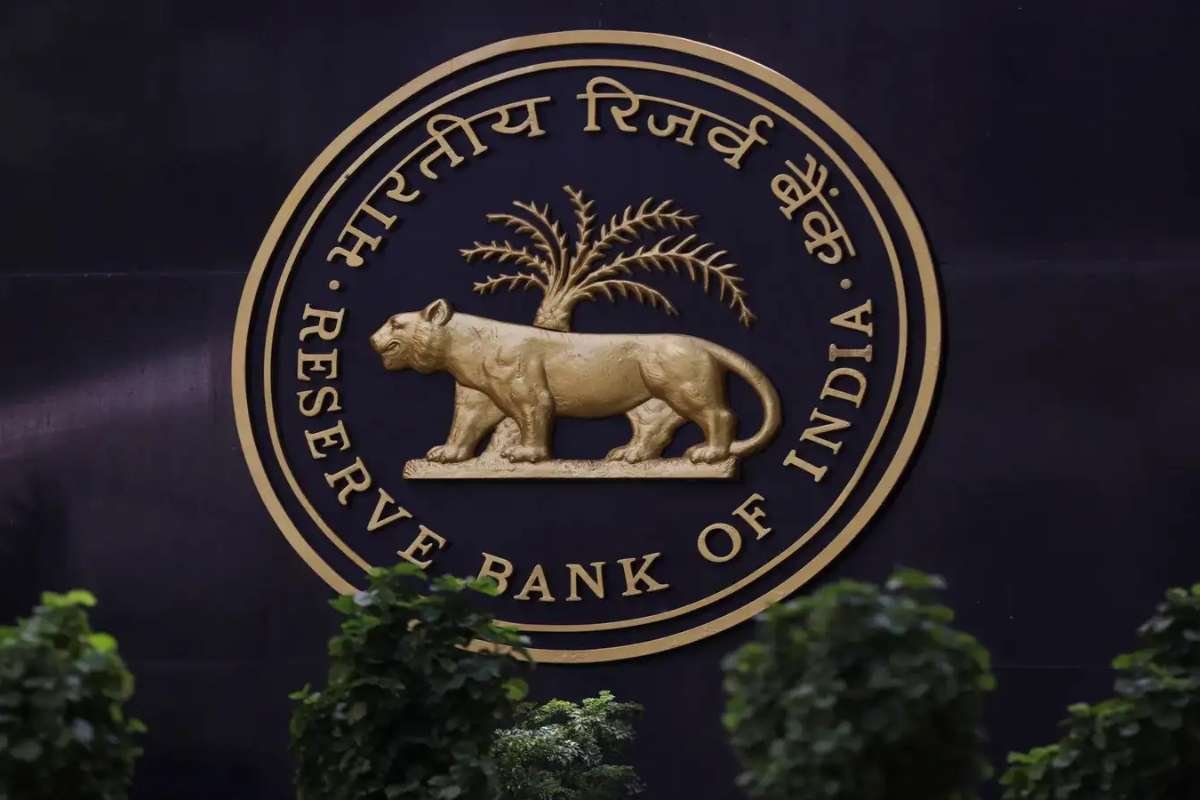The Reserve Bank of India (RBI) on Monday announced a set of RBI New Rules aimed at improving the transmission of policy rates, easing gold loan rules, and revising large credit exposure norms. Three measures will take effect from Oct. 1, while four others have been released in draft form for public consultation.
New rules on loan rates
Under the RBI New Rules, banks may now reduce spread components on floating-rate loans before the current three-year lock-in period ends. The move is intended to speed up the transmission of policy rate cuts, making it easier for borrowers to benefit from lower lending rates.
Borrowers will also have the option to shift from floating to fixed-rate loans during interest rate resets. However, banks will no longer be required to offer this option by default. According to the RBI, these RBI New Rules are expected to make loan pricing more flexible and align borrowing costs more closely with policy rate changes.
Gold and silver lending expanded
The central bank has widened the scope of lending against gold and silver collateral under the RBI New Rules.. In addition to banks, tier-3 and tier-4 urban co-operative banks can now extend working capital loans backed by gold used as raw material. The facility was earlier limited mainly to jewellers.
The RBI has also proposed extending the repayment period for Gold Metal Loans (GML) to 270 days from 180 days. Another draft rule would allow non-manufacturing jewellers to avail GML for outsourced production. These measures, if finalized, could improve liquidity and support businesses that rely on precious metals. These measures, as part of the RBI New Rules, could improve liquidity and support businesses that rely on precious metals.
Capital and exposure changes
In a separate move, the RBI amended Basel III capital regulations. The new framework raises the eligible limit for perpetual debt instruments (PDIs) issued in foreign currency or rupee-denominated bonds overseas. The change is expected to give banks more flexibility in raising additional tier-1 capital from international markets.
The RBI also proposed changes to the Large Exposures Framework (LEF) for foreign bank branches in India under the RBI New Rules. Exposures to head offices will be considered only under LEF, with credit risk mitigation benefits extended to a broader set of exposures. The central bank said the step is aimed at better aligning Indian rules with international standards.
Faster credit reporting
To strengthen the credit information system, the RBI has proposed that credit institutions submit data to credit bureaus weekly instead of fortnightly. The draft rule also requires quicker error rectification and the inclusion of Central Know Your Customer (CKYC) numbers in consumer reports. Officials said the change will improve the accuracy and timeliness of credit records available to lenders.
Consultation and next steps
The RBI has invited public comments on the draft proposals until Oct. 20. After reviewing feedback, the central bank will issue final guidelines.
In its announcement, the RBI emphasized that the RBI New Rules framework is designed to improve transparency, strengthen credit markets, and ensure that monetary policy actions are transmitted more effectively to businesses and households.
Visit Business Viewpoint Magazine For The Most Recent Information.








